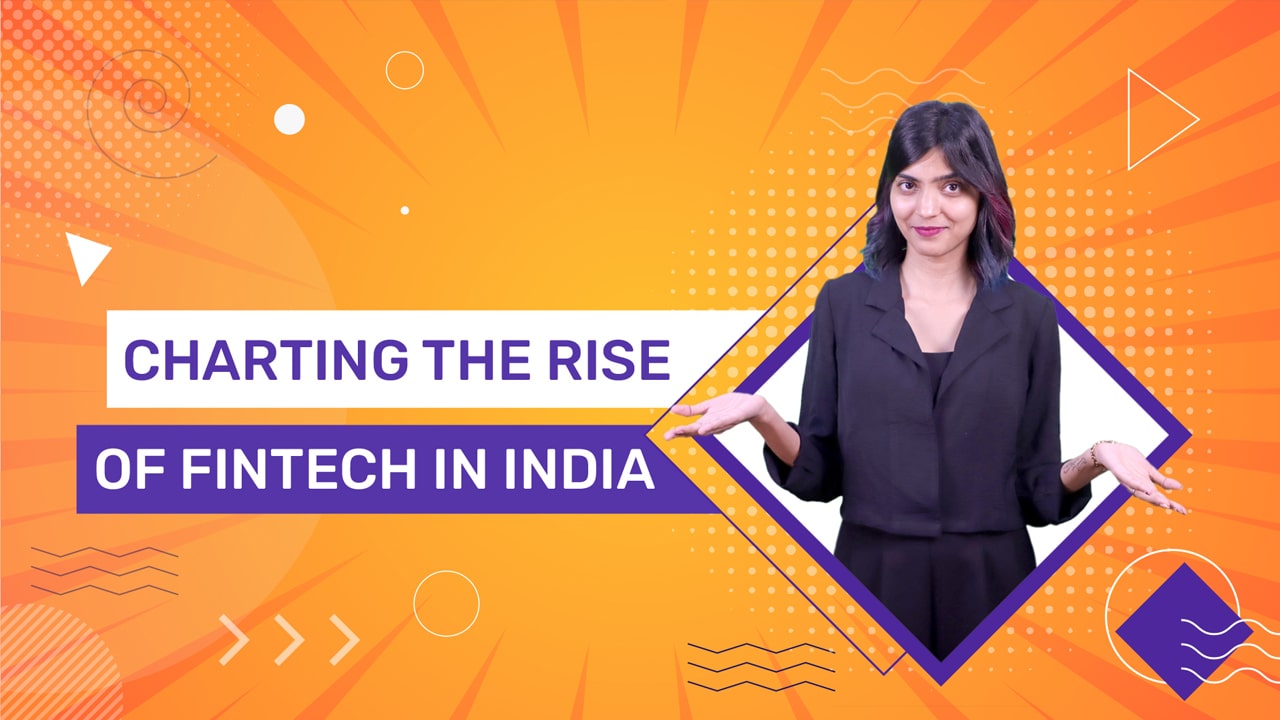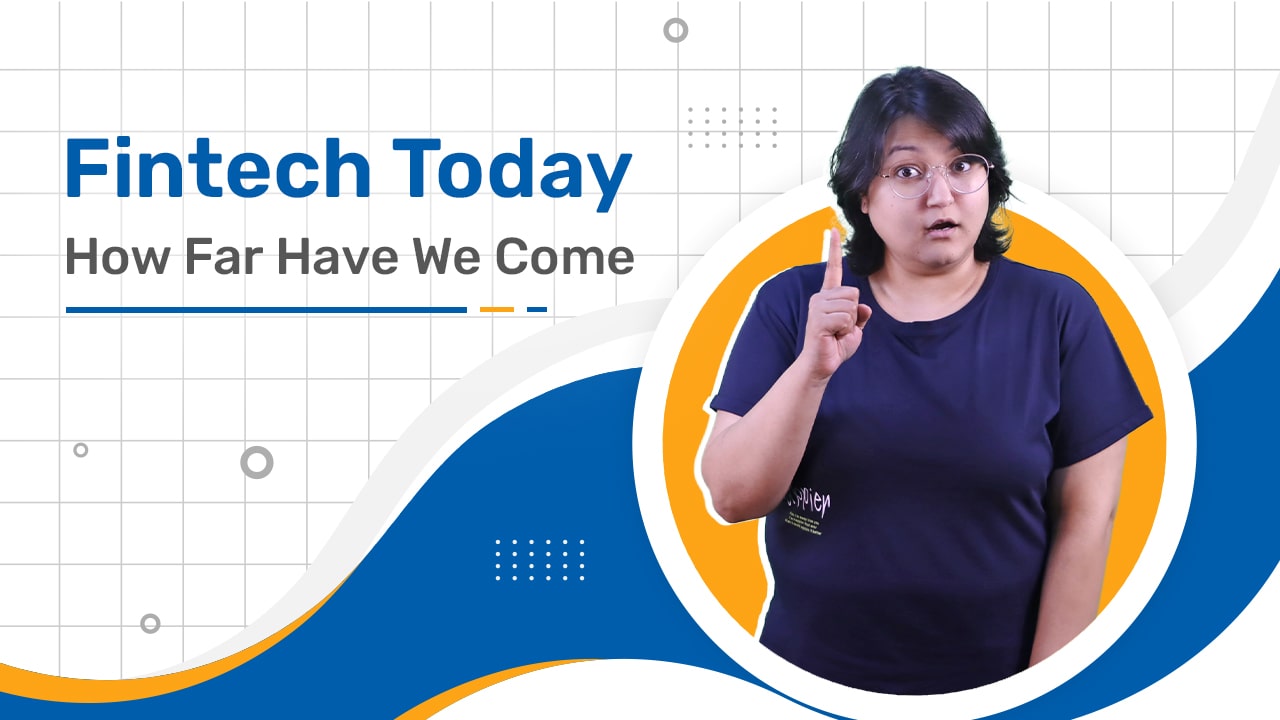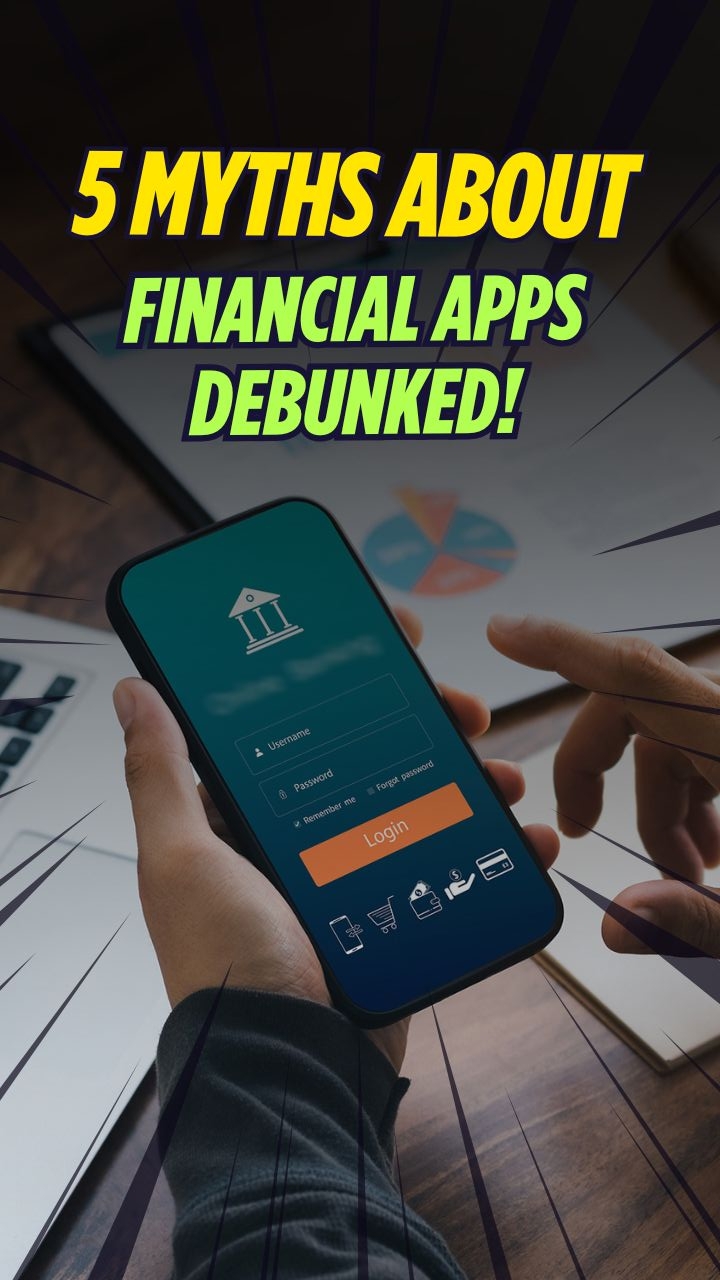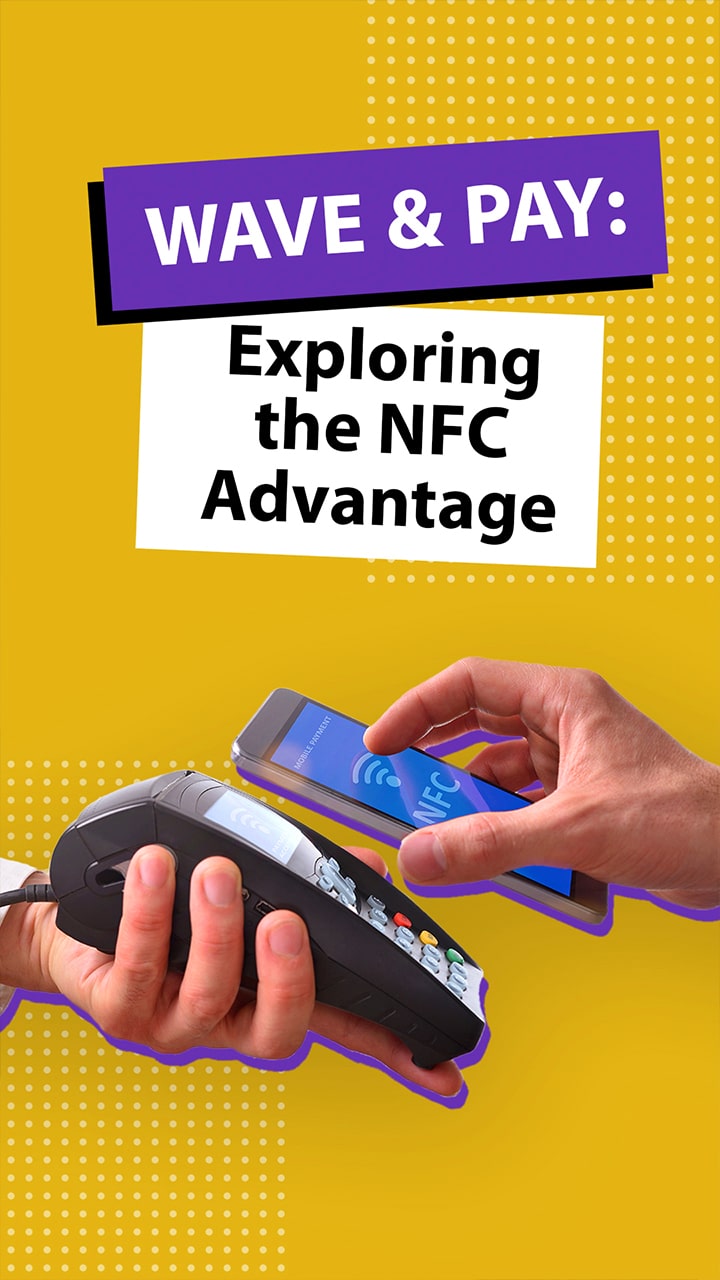Tech in Finance
Welcome to the Tech in Finance series, where we explore the various ways how technology is transforming India’s financial landscape. From the rise of fintech to the latest digital tools, our videos could equip you with insights to navigate personal finance.
We start by charting the journey of fintech in India and its rapid evolution, followed by a look at neobanks. You can also discover how account aggregators securely consolidate your financial information in one place.
You can stay informed on key regulatory developments in fintech and learn how fintech firms could drive financial inclusion. These videos will also dive into popular tools like UPI, digital cards, mobile wallets, and Buy-Now-Pay-Later options.
We’ll also explain how a Personal Finance Manager (PFM) could help streamline your budgeting and track expenses effortlessly. Lastly, you could explore innovations like saving payment info on shopping sites, making CVV-less payments, and so on.
With these insights, the Tech in Finance series could empower you to leverage Fintech for a smoother financial future.
1 Seasons
Season
Introduction to Tech in Finance
Welcome to the “Introduction to Tech in Finance” season. Here, we will explore the dynamic fusion of technology and finance shaping India’s financial landscape. From rise of Fintech to the latest industry innovations, our videos offer insights that could transform your understanding of everyday finance. We will begin by charting the journey of Fintech in India and examining how far it has come today. You will also explore Neobanks, Account Aggregators and understand how they could simplify your financial management. You will also get a chance to understand key regulatory developments shaping the Fintech ecosystem and driving financial inclusion. Next, these videos will explore various fintech innovations. These include UPI, digital cards, mobile wallets, and Buy-Now-Pay-Later options. Then, we will help you gain insights into Personal Finance Managers (PFMs) to track and control your expenses. Finally, you will get to learn about payment aggregators, CVV-less transactions, and rules of saving payment information on sites. Together, these videos could empower you to embrace the future of finance with confidence.
Start Watching


Bites






















